
Scientists reveal the creepy reason parasites crawl on your face while you sleep
When you tuck yourself into bed after a long day, the last thing you want to think about is that your face may be crawling with tiny, uninvited guests. Yet for millions of people around the world, that’s exactly what’s happening - every single night.
According to scientific research, microscopic creatures known as Demodex mites inhabit human skin and emerge under the cover of darkness. And while this may sound unsettling, experts say it’s perfectly natural - and in most cases, completely harmless.

Meet Your Unseen Bedtime Visitors: Demodex Mites
These eight-legged, microscopic mites are invisible to the naked eye, but they’re everywhere - living in the pores and hair follicles on your face, especially around the nose, cheeks, forehead, and eyelashes.
“While we are sleeping, they come out and are very happy, mating, visiting relatives, walking on our faces. The moment we wake up, they go back inside the pore,” said Alejandra Perotti, professor of invertebrate biology at the University of Reading in the UK.
While this image may give you goosebumps, it’s important to understand that these mites have evolved to coexist with humans - and most of us don’t even notice their presence.
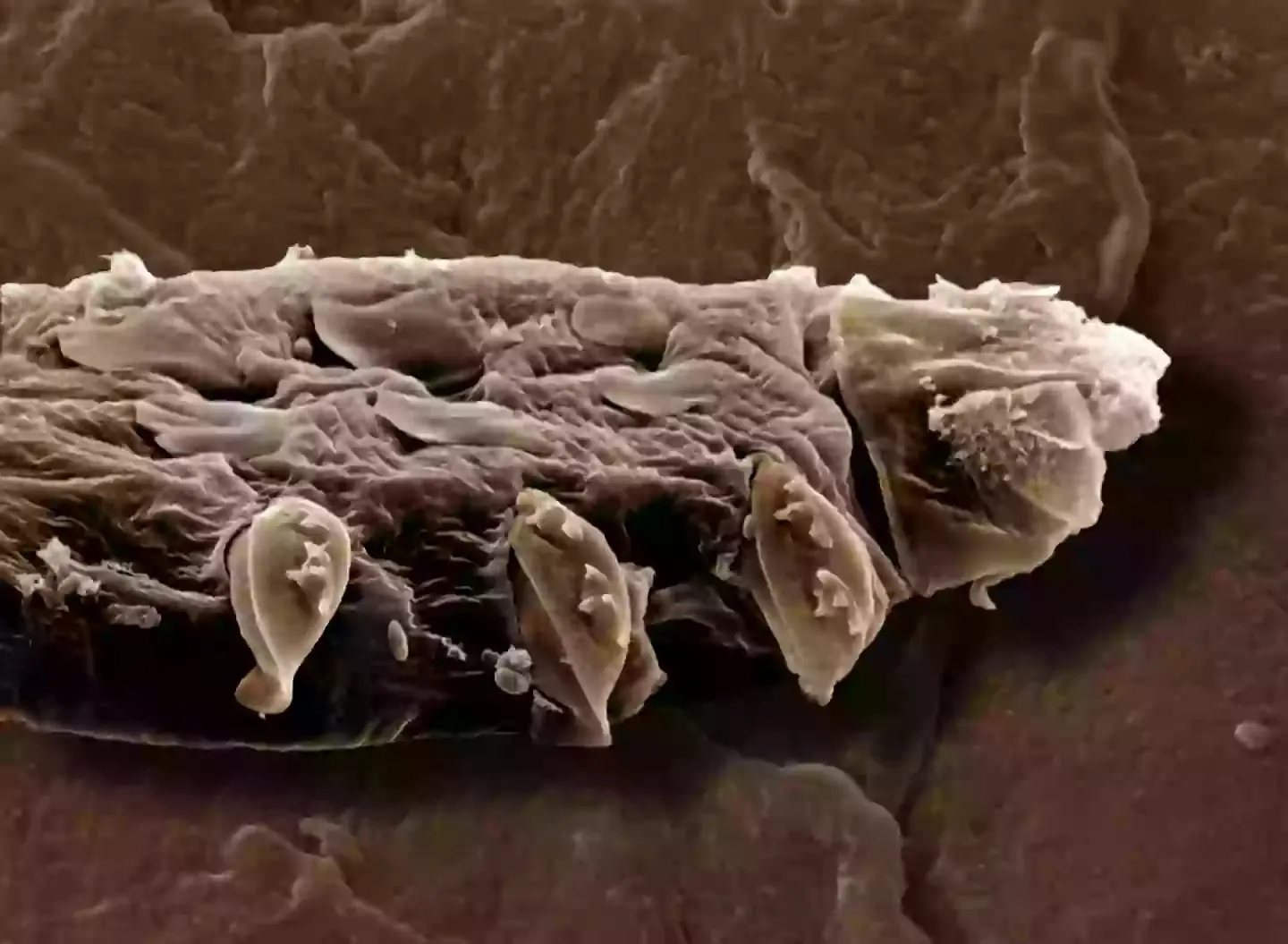
What Exactly Are Demodex Mites?
Demodex mites are microscopic arachnids that live in and feed off the oil-rich environment of your skin. Their favorite snack? Sebum - the oily substance secreted by sebaceous glands inside hair follicles.
There are two main types that affect humans:
- Demodex folliculorum – typically found on the face
- Demodex brevis – usually found deeper in sebaceous glands
Although they’ve been associated with conditions like rosacea or blepharitis in some cases, most people have no symptoms at all. In fact, Demodex mites are so common that by adulthood, nearly 100% of people carry them to some degree.
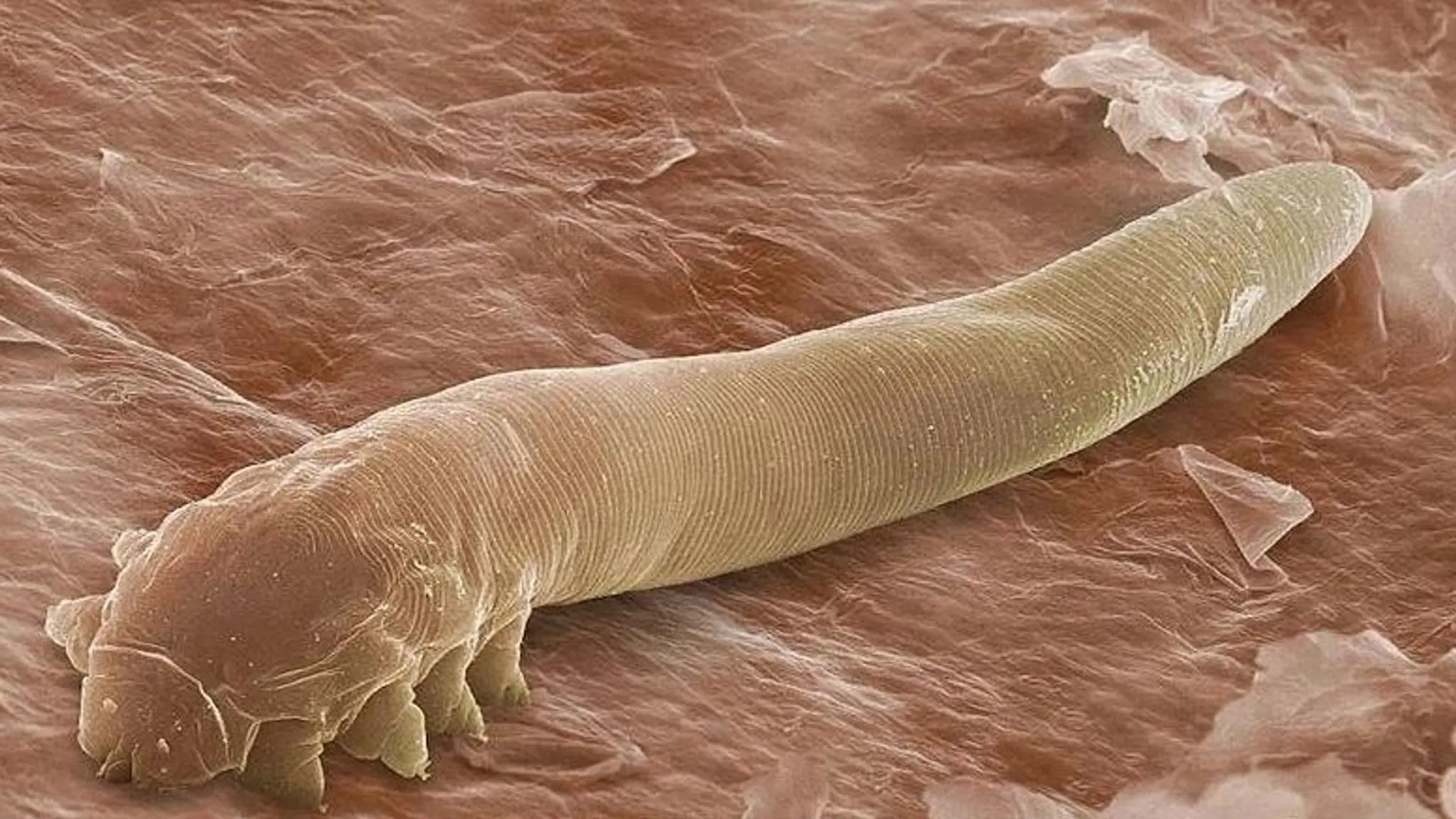
What Do They Do While You Sleep?
These mites are nocturnal by nature. During the day, they stay hidden inside your pores and hair follicles. But as darkness falls and your body begins to rest, they crawl out to mate and move across your skin.
This behavior is actually triggered by the melatonin your body naturally produces at night. Melatonin not only regulates your sleep cycle but also provides the mites with the energy they need to survive.
It’s a symbiotic relationship in a way. While you sleep, they clean, feeding on dead skin cells and oils that would otherwise clog your pores.
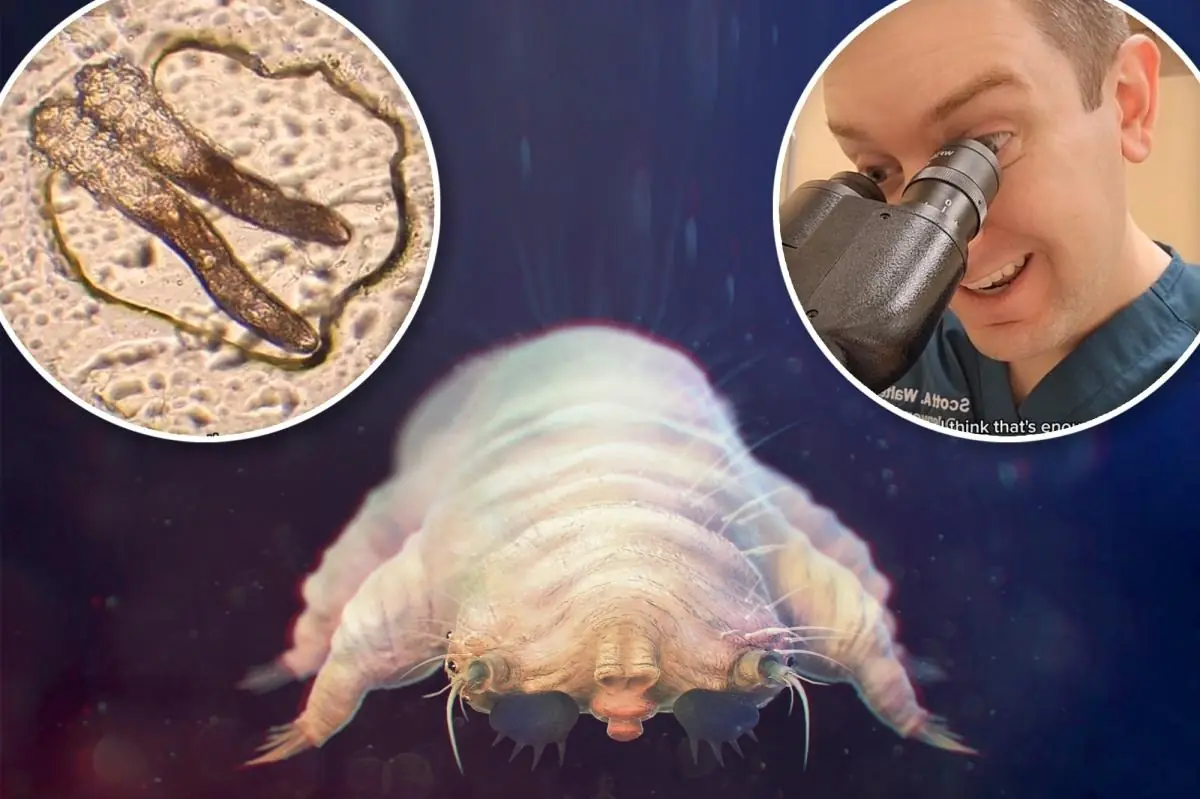
Should You Be Concerned?
While the idea of tiny creatures partying on your face at night may sound alarming, experts say it’s not usually a cause for concern.
“There’s nothing to be particularly worried about,” said Perotti in an interview with CNN.
These mites have even evolved to protect themselves from ultraviolet (UV) radiation - a potential DNA hazard for such tiny organisms - which helps them survive and thrive on your skin without harming you.
That said, an overpopulation of mites or an immune reaction to them can cause irritation or skin issues in some individuals. This can manifest as:
- Redness or inflammation
- Dry, itchy eyes or eyelids
- Acne-like breakouts
- Eye conditions like blepharitis
Are Pets Making It Worse?
Interestingly, pet owners may be more prone to facial mite infestations - particularly in the eyelashes.
Dr. Dan Friederich, a U.S.-based eye care specialist, explains in a viral video that he often sees this issue in patients who share their bed with pets.
“There is a common mite called Demodex that we see in the eyelashes that is a parasite. And the minute I see it in someone’s eyes, the first question I ask is, ‘Do you sleep with your dog at night?’” he said.
Dr. Friederich emphasizes that animals can carry similar mites, which can easily transfer to humans during close contact. His simple advice? “Don’t sleep with your animals if you can help it.”

How to Keep Your Skin Healthy and Mite-Free
Although you can’t eliminate Demodex mites completely - nor should you try - you can reduce their numbers and minimize any risk of skin irritation by practicing good hygiene:
- Clean your face twice daily with a gentle cleanser, especially before bedtime.
- Avoid heavy oils or makeup that can clog pores.
- Wash bedding and pillowcases regularly in hot water.
- Disinfect makeup brushes and sponges weekly.
- Use tea tree oil products - some research suggests tea tree oil may help reduce Demodex populations, especially around the eyes.
For individuals experiencing persistent eye irritation or inflammation, specially formulated eyelid cleansers or wipes may help reduce mite buildup along the lash line.
The Bottom Line: They're Creepy But (Mostly) Harmless
It may not be comforting to know that you share your face with a small army of eight-legged mites. But the reality is, Demodex mites are a natural part of your skin’s microbiome. Most people coexist with them without ever noticing.
Unless you’re experiencing specific symptoms like eye irritation or persistent skin flare-ups, there’s no need to panic. Instead, maintain a clean skincare routine, avoid sleeping with pets, and rest easy knowing these creatures are just another part of nature’s hidden ecosystem.
As unsettling as it sounds, you’ve probably been sleeping with face mites your entire life-and you’ll continue to do so just fine.
News in the same category


Should You Turn Off WiFi and Bluetooth at Night?

15 Sh0cking Predictions Bill Gates Made 25 Years Ago — Now They’re All Reality
His 15 predictions weren’t just accurate; they reshaped how we live, work, and connect.

Woman Claps Back at Older Generation for Judging Her Tattooed Body

What Do You See First? Discover How You Express Love

10 Things You Should And Shouldn't Do Before a Gyno Visit—Doctors Reveal the Truth
A little planning makes the visit faster, smoother, and more productive for both you and your doctor.

It is Illegal Live in an RV on Your Property in These Us States

British Mom Who 'Died' For 17 Minutes After Workout Shares What She Witnessed

Dealing with 10 Common Bathroom Pests

Chaos following discovery of radioactive wasp nest at former US nuclear weapons site

Ancient Inscriptions Inside Great Pyramid Rewrite History Of Its Builders

Nurse at palliative care reveals the top 5 regrets of people right before they di3d

The Hidden Meaning Behind Leg-crossing — It’s More Than Just Comfort

Off The RecordIf You Ever Notice Your Door Handle With A Rubber Band On It DO NOT Touch It

Jake, a Single Dad, Discovers a Heartwarming Breakfast Surprise

90-Year-Old Woman Used a Grenade as a Pestle for Over 20 Years

A New Kind of Human Has Officially Been Discovered

Scientists Finally Reveal the Chilling Truth Behind Blood Falls In Antarctica
Deep beneath Antarctica's frozen surface lies a crimson waterfall so eerie and surreal, it appears the glacier itself is bleeding. Known as Blood Falls, this chilling natural wonder holds secrets that could reshape our understanding of life on Earth—and

What Is Gyan Mudra? Benefits, Meaning, and How to Practice It Daily
This habit is a powerful hand gesture used in yoga and meditation to boost focus and inner peace. Discover its meaning, benefits, and how to practice it daily for a calmer, clearer mind.
News Post

6 Powerful Teas That Will Instantly Reduce Inflammation and Boost Your Health

15 Early Warning Signs That Cancer Is Spreading In Your Body
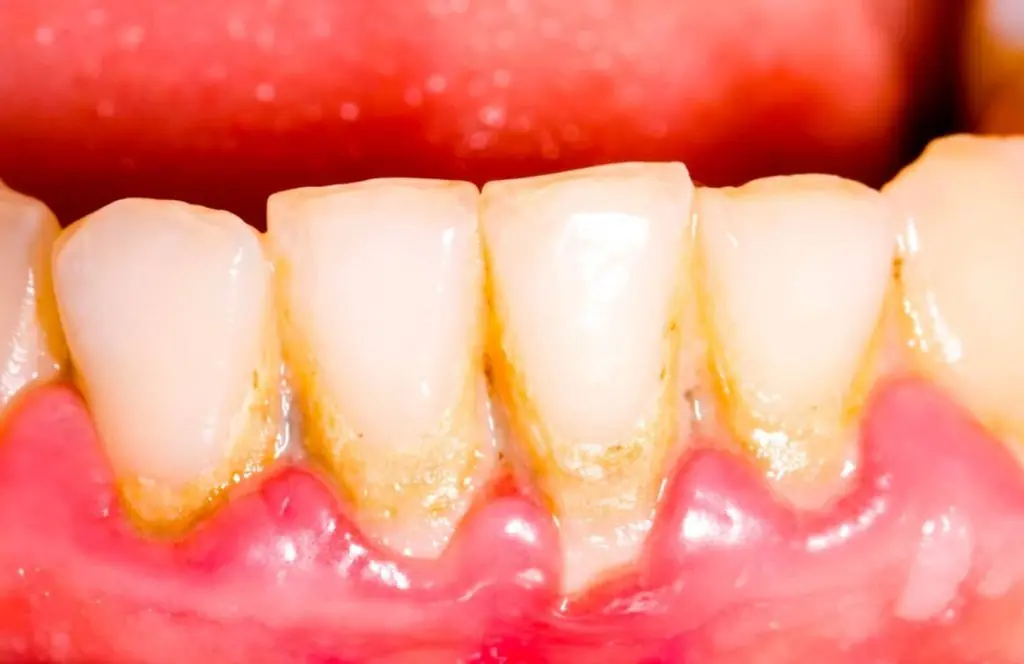
Natural Ways to Remove Dental Plaque That Are Never Shared in Clinics

Test Your Color Vision: Can You Read These Words?
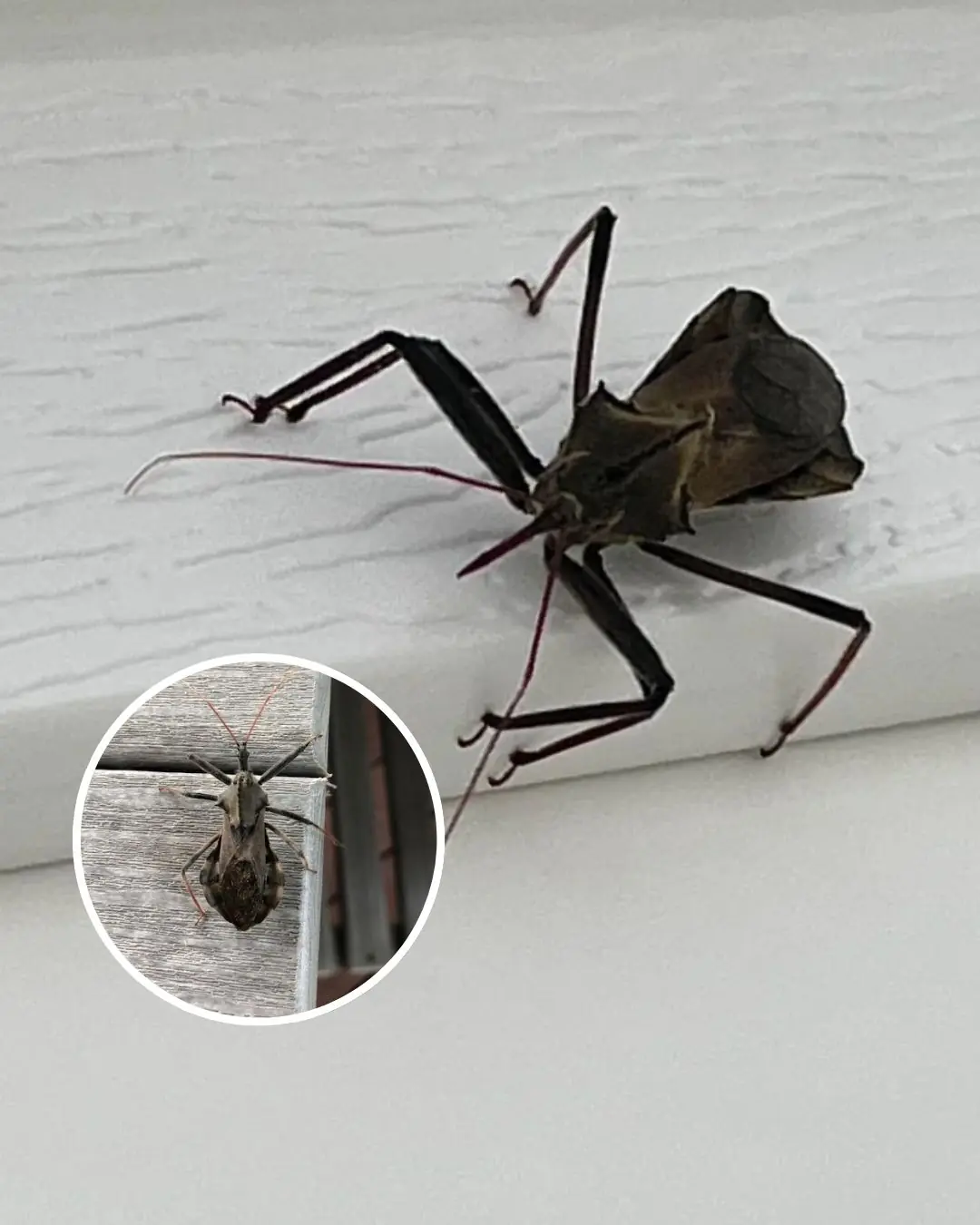
Chagas Disease and the Fight Against Nighttime Bugs

Scientists Share Breakthrough Findings From Male Birth Control Pill Trial And Explain How It Actually Works

Should You Turn Off WiFi and Bluetooth at Night?

7 Warning Signs of Lung Cancer You Shouldn’t Ignore

80% of Heart Attacks Can Be Prevented—Just Do These 5 Easy Things

Vaping Dangers: Popcorn Lung, Cancer, Hypertension, Brain Damage and More

Warning Signs of Zinc Deficiency and How to Cure It

Ginger Should Be Avoided When Taking Certain Medications or Having Certain Health Conditions

Insane amount of money viral 'Storm Area 51' stunt cost the US military

Scientists explain 'puzzling blob' heading straight for New York City that's hidden 200 kilometers below our feet

The Second Lunch: How One Quiet Act Sparked a Schoolwide Movement.

The Wild Soul Who Chose Me: A Farewell to Nawty.

My Husband Said He Was Helping His Brother Fix the Roof After Work for Two Weeks – Then I Ran Into My SIL and Heard the Shocking Truth

My New DIL Shamed My Granddaughter Over a 'Cheap' Gift – She Didn't Expect the 'Surprise' I Had in Store for Her

At Our Baby's Christening, My FIL Ran Into the Church and Screamed, 'Stop! This Is the Wrong Baby!'
